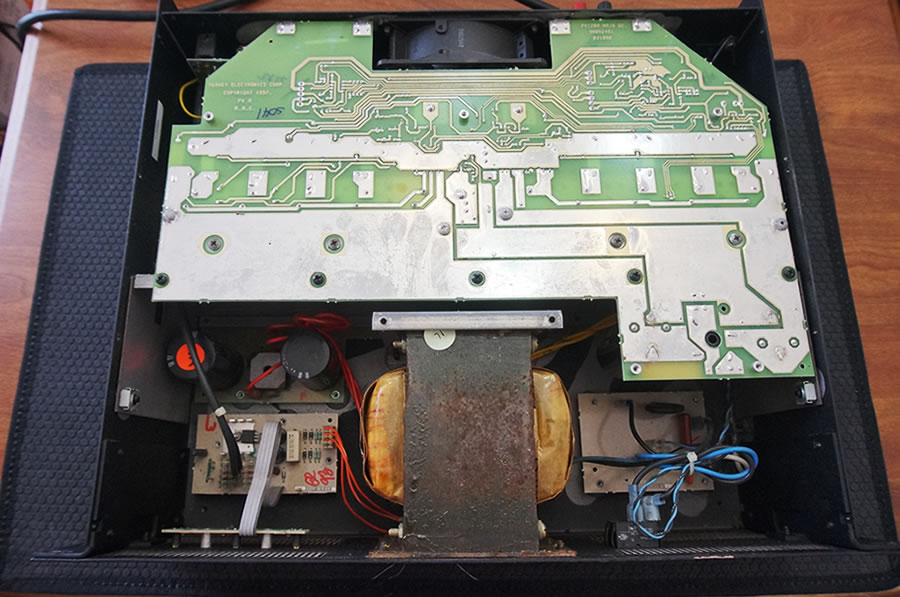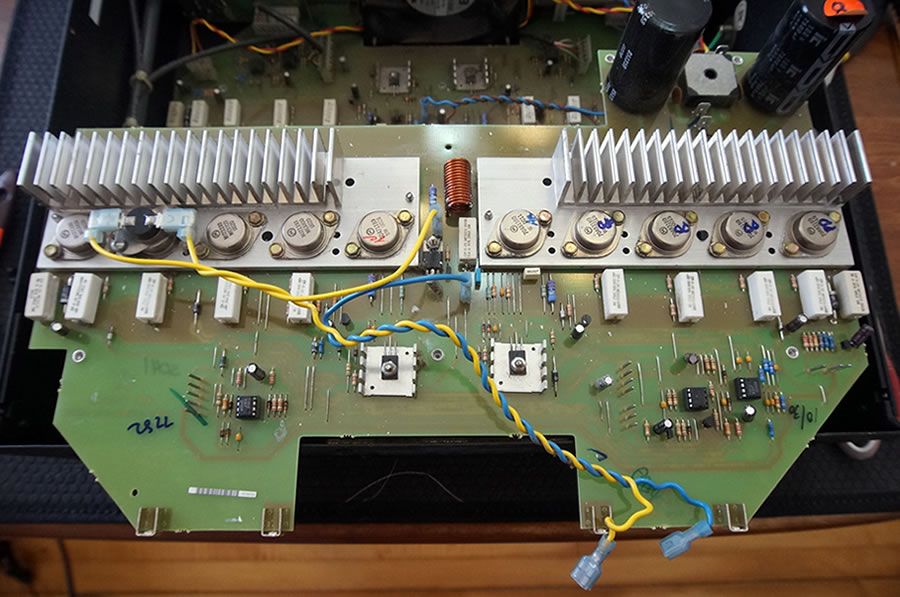What
market is Peavey targetting
According
to their manual, the PV-1200 is meant for Commercial and Industrial
Installations as well as Studio and Home Use.
By
commercial installations, I take it to be places where businesses
are conducted, like a shopping mall. Now it's beginning to
make some sense. Perhaps they were trying to compete with
the likes of the vintage QSC Series. Those amps have a strong
foothold in commercial installations like shopping malls,
houses of worship, hotels & pubs.
Such
places will not be using power like those of a rock concert
where amplifiers are pushed to their limits. Therefore, having
massive heatsinks is just wasteful. And more importantly,
it pushes the cost up.
In
a highly competitive market, a cheaper product has an edge.
Taken in that context, it's understandable for a manufacturer
to scale down the heatsinks to reduce cost.
As
for industrial, I believe that would be factories. I honestly
have no idea what brands they use.
Regarding
recording studios and home hifi, I seriously doubt amps for
commercial installations are common. These two markets are
extremely picky. Not just power amps. It's everything.
The
Circuit
Let's
take a closer look at how the PV-1200 works.
In
conventional amplifiers, the speaker is connected to the output
of the power transistors. In this design, we see that the
emitters are grounded instead.
This
would be fatal except that in this instance, the center of
the two filter capacitors (7,500uF/100V) is not referenced
to ground. In fact, it is "floating". And it is
at this point the speaker is now connected to.
|


